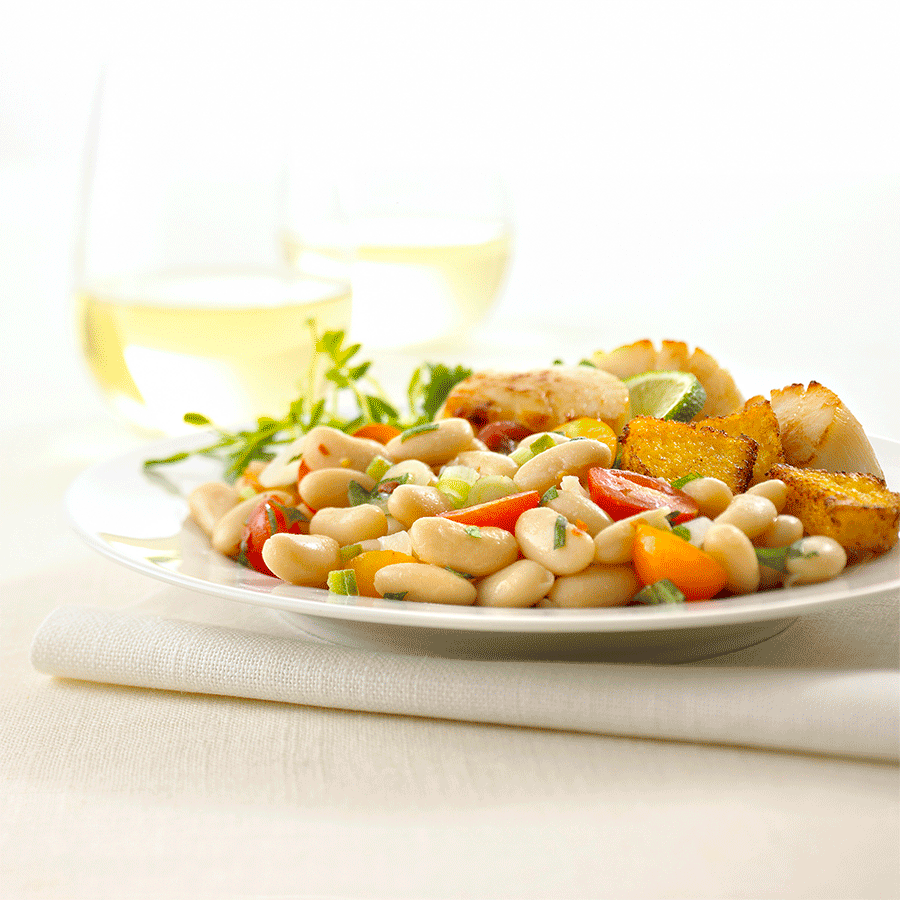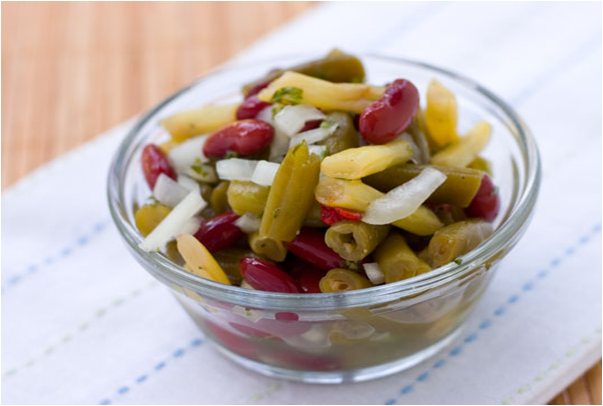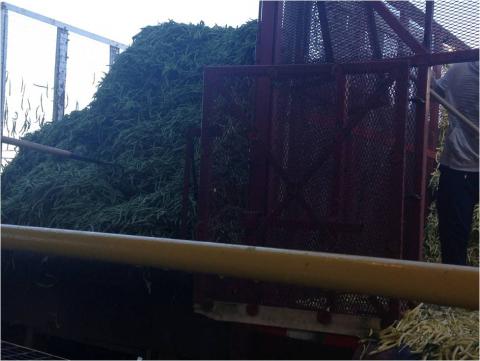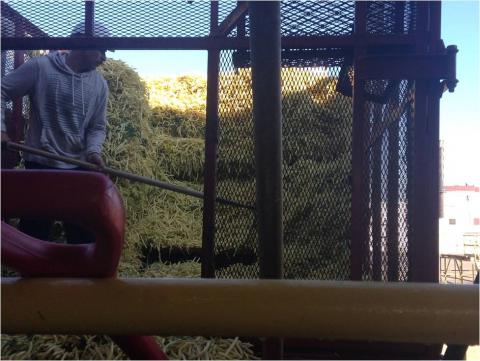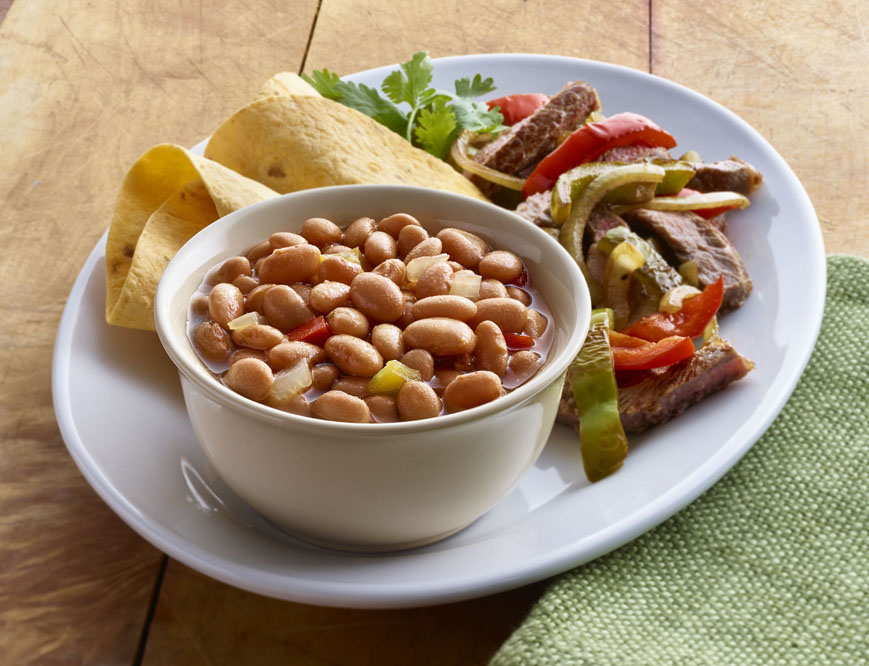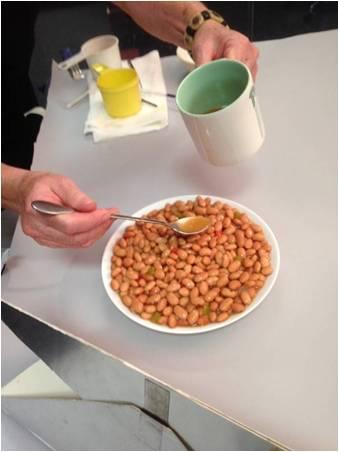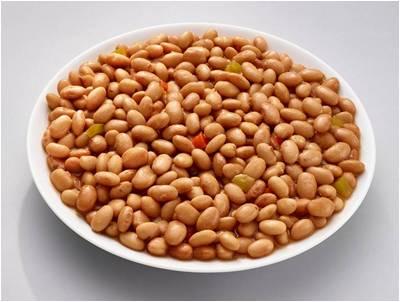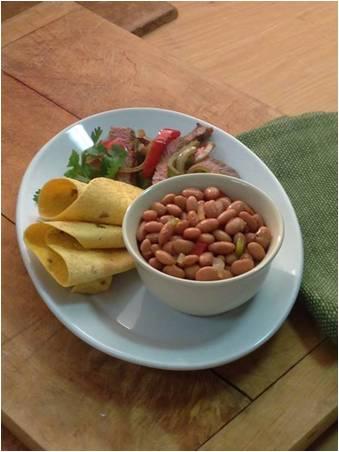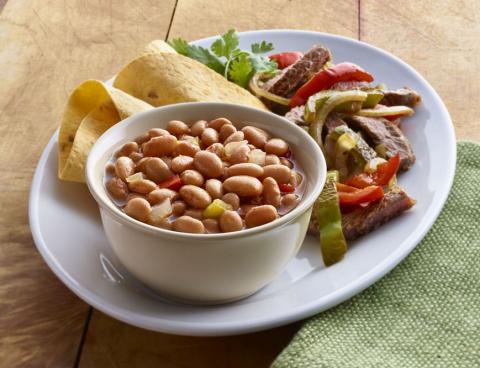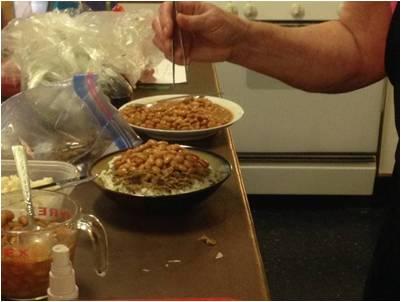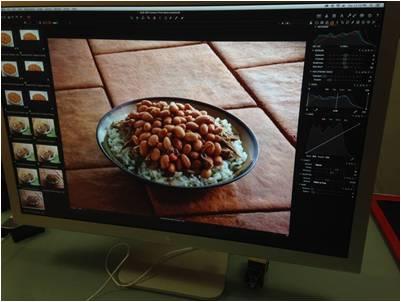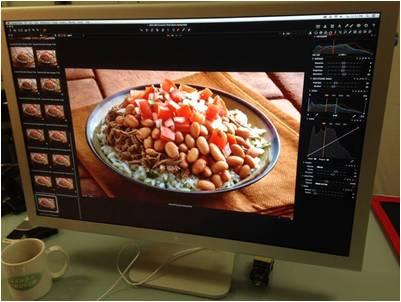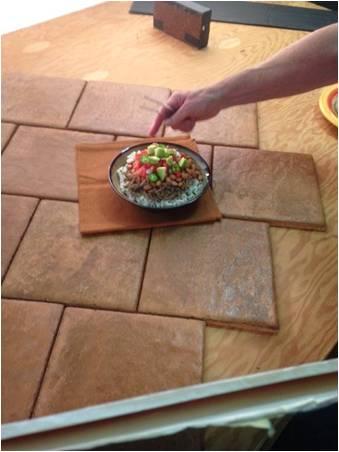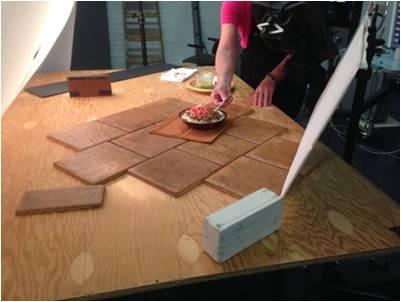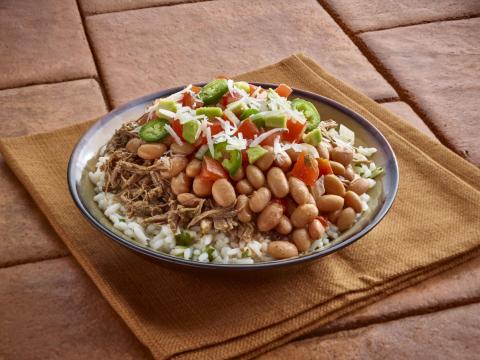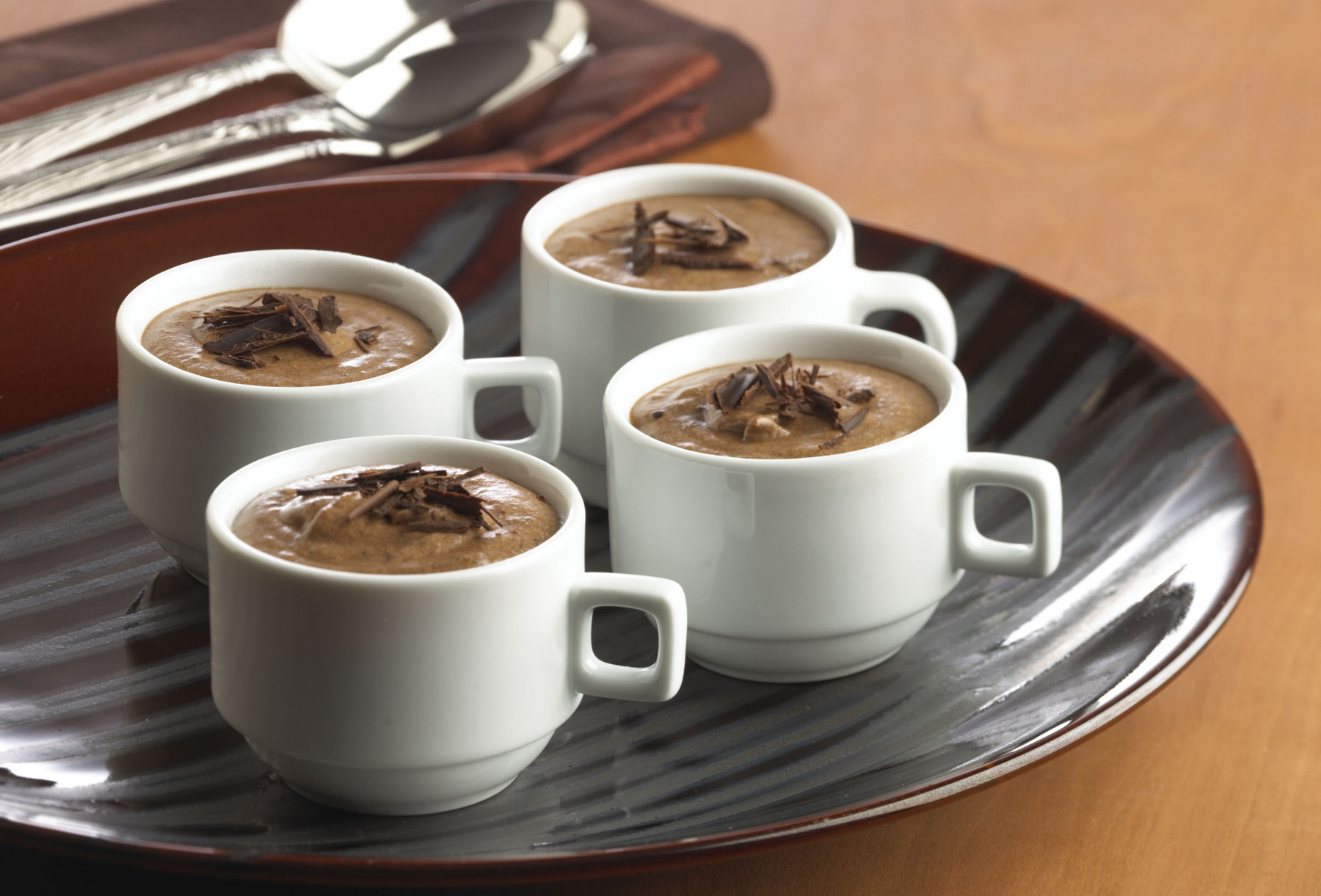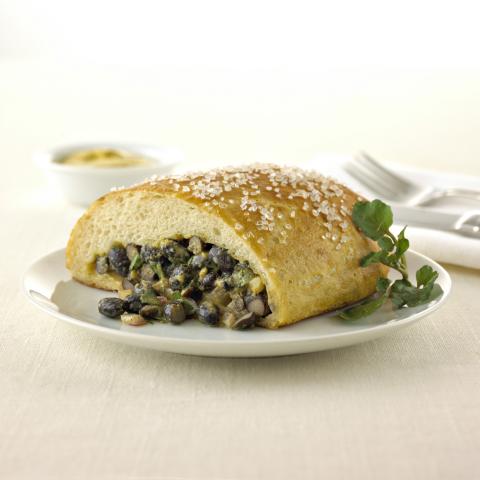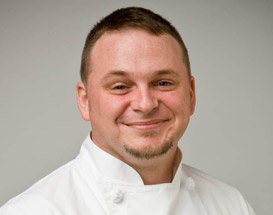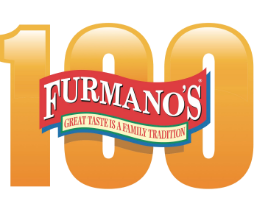I recently went to Nashville to hock my wares (AKA….sell food) at the National Association of College & University Food Service (NACUFS). What an amazing town! I can’t say enough about the atmosphere and the food. I’ll admit that I stayed pretty “touristy”, which is an oddity for me when I travel, but this is the town to do that in. There is something magical about walking down the street and each place you pass has live music blaring out the door. I know it’s the country music capitol, but the talent level of the musicians in every honky tonk exceeded even my expectation. Don’t assume this was only during the evening “drinking time”. They were tearing it up at lunch time too! I will say, however, that it was still “drinking time” for most of the patrons even at those early hours. As with any trip I go on, I’m there to eat some of the local fare. I love to cook recipes from all over the world, and while I’ve traveled a decent amount, I’d still say that most of my experience is tasting through what I’ve made. It’s good to see how I match up against locals cooking the same dishes. In Nashville, I had some definitelys that I need to try. Anytime I go down South I’m looking for Biscuits, and I wasn’t disappointed on this. Of course I wanted biscuits and gravy for breakfast, but I want them with all meals. One place we dined served biscuits and cornbread as the dinner rolls and it was glorious. The Parmesan Spinach Biscuits were something to savor and copy. I would have eaten 30 of them had they kept bringing them. The one dish that I know Nashville for is Hot Chicken. It’s like someone looked at dry rub chicken wings and said, “Let’s do the whole dang bird this way.” The crispy breading layered with cayenne and black pepper topped with sweetened hot oil is a bomb for your taste buds. The fire in my mouth told me I should stop eating, but the satisfying feeling I had with each bite encouraged me to keep going. As the one thing that I’d never tried before showing up there, I was not disappointed with the result. I don’t typically do these city reviews when I travel, but it seems something I might start doing more of. There is such a benefit from traveling and eating what the people have to offer. Food is such a window into an area, it would be a shame if I wasted a chance to share.






